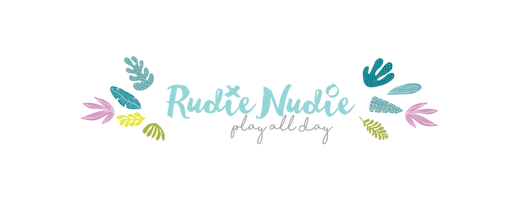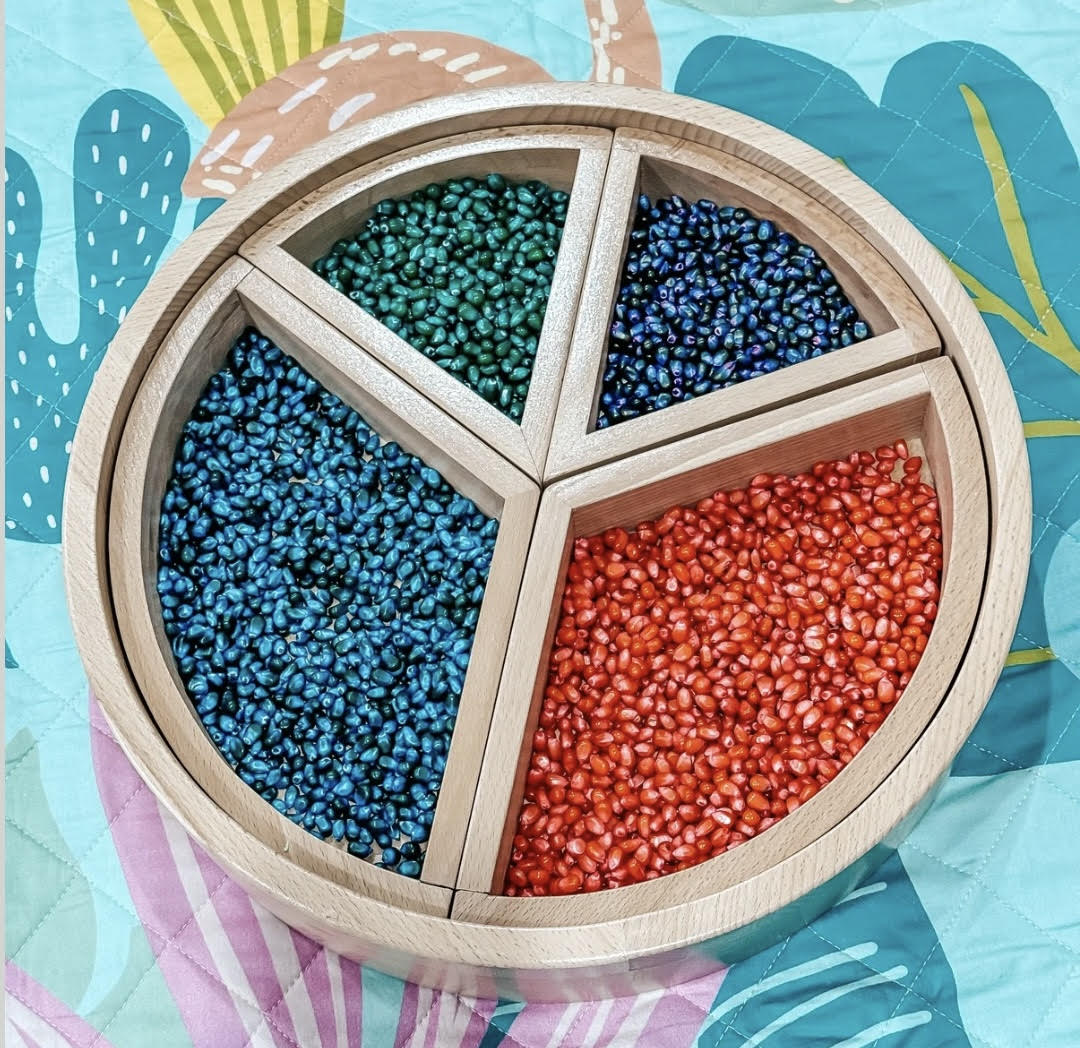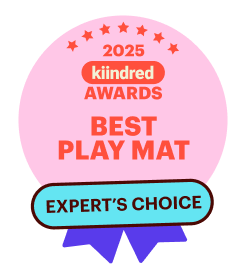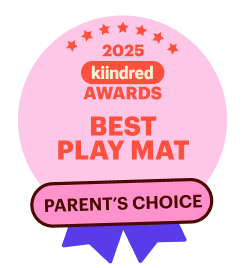Let’s talk Sensory Play trays
Sensory play is any type of play that allows children to use their senses to engage and play with an activity. While engaging in sensory play children are developing important fine motor skills, cognitive skills, language development and social skills all while having fun!
While there are so many ways children can play using their senses, think swinging on swing, climbing on a playground or exploring nature outside, for the purpose of this blog, we’re focusing on sensory play trays!
Sensory play trays are usually made with a sensory base, some tools and can include a small world or themed setup. Bookish play also integrates with this nicely, as children can explore a theme or retell the story through a sensory play setup!
There are so many sensory bases to try! You may have some at home already. My favourite sensory bases are rice, chickpeas and oobleck. Sensory bases such as rice, chickpeas, popcorn kernels and pasta can all be coloured to suit your sensory play theme. You can even add essential oils for another sensory element!
Rice is probably one of the easiest bases to colour and if you’re using food colouring, it is considered taste safe. To make coloured rice, simply add a cup of plain rice into a ziplock bag, with a few drops of food colouring and a splash of vinegar then shake. Shake vigorously until the rice is fully coated before emptying onto some baking paper on a tray. Let dry before playing. If stored in a container, sensory bases can be stored and reused in play over and over again. If you don’t need the base to be taste safe, chickpeas are better coloured using paints to get a richer colour!
Easy sensory play at home
- Sensory play doesn’t need to be complicated! At home, you can use plain rice, containers and some scoops! If you find an expired box of weetbix or oats in the back of your pantry, these work well as sensory bases too!
- ‘Just add water’ is a saying I love! When children are having a tough day, offering some water play with something simple like pompoms can change their mood. Suddenly they’re scooping, pouring, making pompom soup and enjoying simple sensory play.
- If you haven’t tried oobleck, sometimes called gloop, it’s a fascinating combination of cornflour and water that stays neither liquid or solid! It’s great for little fingers to dig into as the mix provides some resistance!
- When you’re feeling more adventurous, chia seeds is another messy and fun sensory play. Soak chia seeds over night in water and a few drops of food colouring! There is something satisfying about immersing your hands in this gooey mixture. When the play is over, let the chia seeds dry up in the tray, then they flake off easily to clean up!
Sensory play can get messy, but there are easy ways to contain the mess. Firstly, there are so many amazing trays available for sensory play! Just walk the kitchen section of Kmart and you’ll find a great range! Things to consider are; the type of sensory play (wet or dry), the size and shape you want and how many children will access the tray! Silicone tray versions are great because they clean easily! If you’re after a tray with compartments, Mikro have a beautiful wooden tray perfect for dry sensory bases. Tuff trays are amazing too for sensory play and great for three or more children to access at once.
Another way to lessen the mess factor or sensory play is to use a Rudie Nudie mat under your tray! If your sensory play involves water, a Rudie Nudie mat soaks up a huge amount of water, leaving your floor or surface underneath completely dry! If your sensory play is messy, like chia seeds or oobleck, these clean off a Rudie Nudie mat easily with a quick sponge off, before putting in the washing machine!
Tools such as tongs, spoons and droppers are a great addition to a sensory play tray. Using these tools can help to develop children’s fine motor skills in readiness for handwriting at school. A quick trip to a second hand shop is usually a good way to find cheap sensory play tools as well as trays and even loose parts to suit your play theme!
If you’ve noticed your child is a sensory avoider, providing tools to use in a play tray, rather than using their hands only, can be a good way to introduce sensory play. Having a container of water and a hand towel next to the sensory play also helps to give children control over how long they play!
I hope this gives you some confidence to have a go at making a sensory play tray at home or try a base you haven’t tried before.
Chelsea has a background in early childhood teaching and is currently a stay at home mum to two little people. She’s recently started a playgroup where she loves setting up different play trays and sensory activities for the children.
Follow her on instagram at @Life_in_the_playroom.







